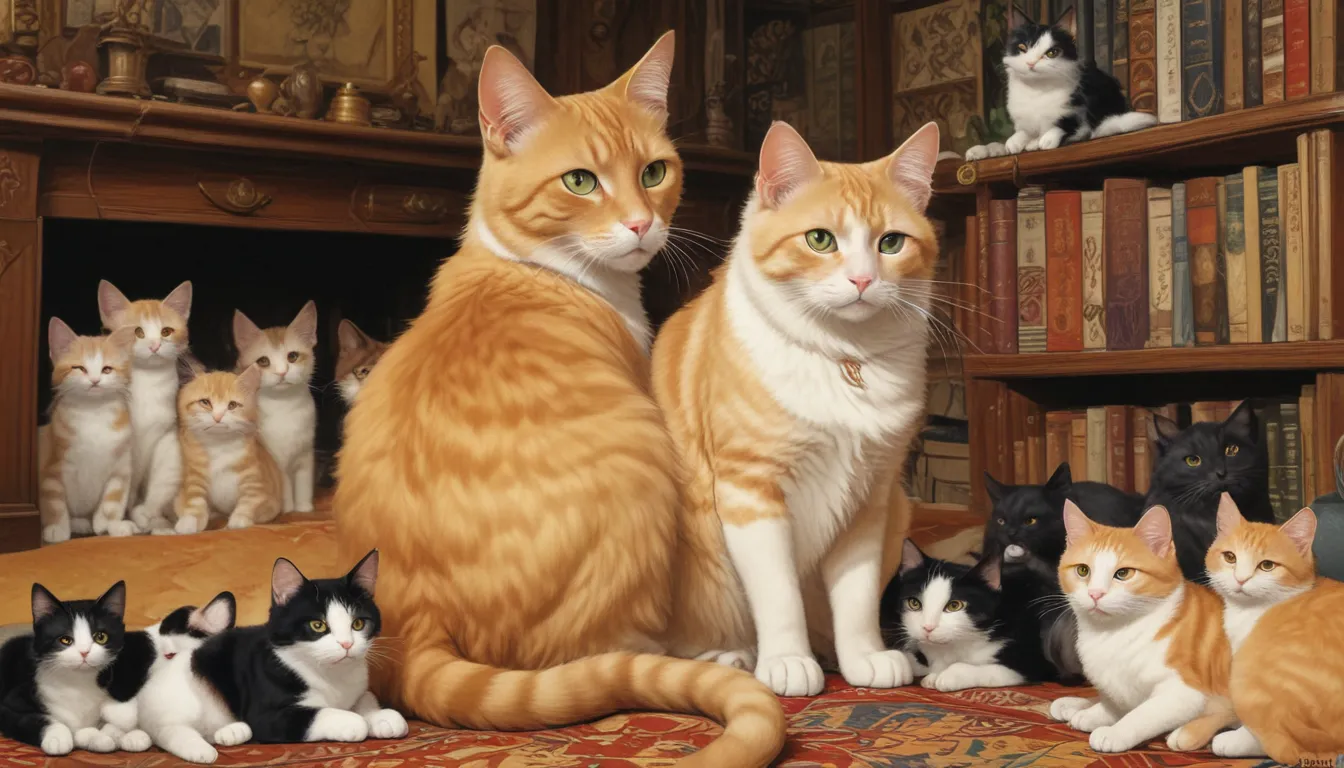The Truth Behind Cat Superstitions: Understanding Cat Behavior and Beliefs

Cats have long captured the hearts and minds of humans with their mysterious and independent nature. But along with admiration, cats have also been met with superstitions that have persisted throughout history. These beliefs, whether rooted in folklore or myths, have shaped how people view these feline companions.
Unraveling the Mysteries of Cat Superstitions
The fascinating world of cat superstitions dates back to the Middle Ages when these enigmatic creatures were often associated with witchcraft and dark magic. While some viewed cats as protectors, others harbored irrational fears that led to horrific treatment of these animals.
Despite advancements in society, many superstitions about cats still linger today. Here are some intriguing beliefs that have stood the test of time:
- Black cats were once feared as the incarnation of witches, bringing bad luck and epidemics upon those who crossed paths with them.
- Finding a white hair on a black cat was believed to bring good luck and fortune in love.
- Black cats were considered lucky omens in various situations, including weddings and theater performances.
- Cats were believed to possess mystical powers, like sensing impending death, warding off evil spirits, and predicting weather changes.
The Truth Behind Cat Behaviors
Cats are known for their peculiar behaviors that have inspired awe and curiosity in humans. From their hunting instincts to their aloof demeanor, each trait has been subjected to interpretations and superstitions. Let’s uncover the meaning behind some common cat behaviors:
-
Cat Color Superstitions: Black cats often carry the unfair stigma of being harbingers of bad luck. Despite this superstition, black cats make wonderful companions with their unique personalities and affectionate nature.
-
Adoption Challenges: Studies have shown that black cats are less likely to be adopted due to their color. This phenomenon, known as “black cat syndrome,” sheds light on the importance of dispelling superstitions and embracing these overlooked feline friends.
-
Genetics and Behavior: The coat color of a cat can influence its behavior and temperament. Cats with solid colors like black or gray may exhibit more tolerance towards other cats, while those with multi-colored coats could display varying levels of aggression.
-
Weather Predictions: Superstitions linking cat behaviors to weather predictions have long intrigued pet owners. Whether it’s washing behind the ears signaling rain or sleeping with paws tucked under presaging cold weather, these beliefs add to the mystique of feline behavior.
Debunking Myths and Embracing Reality
While superstitions surrounding cats have added an aura of mystery to these fascinating creatures, it’s essential to separate fact from fiction. Understanding the science behind cat behavior, genetics, and coat colors can help dispel myths and promote a more informed view of our feline companions.
By appreciating cats for their unique traits and individual personalities, we can forge deeper connections and foster a greater appreciation for these captivating creatures. So, the next time your cat exhibits a curious behavior or crosses your path, remember that there’s more to them than meets the eye. Let’s celebrate the magic of cats without succumbing to superstitions.





